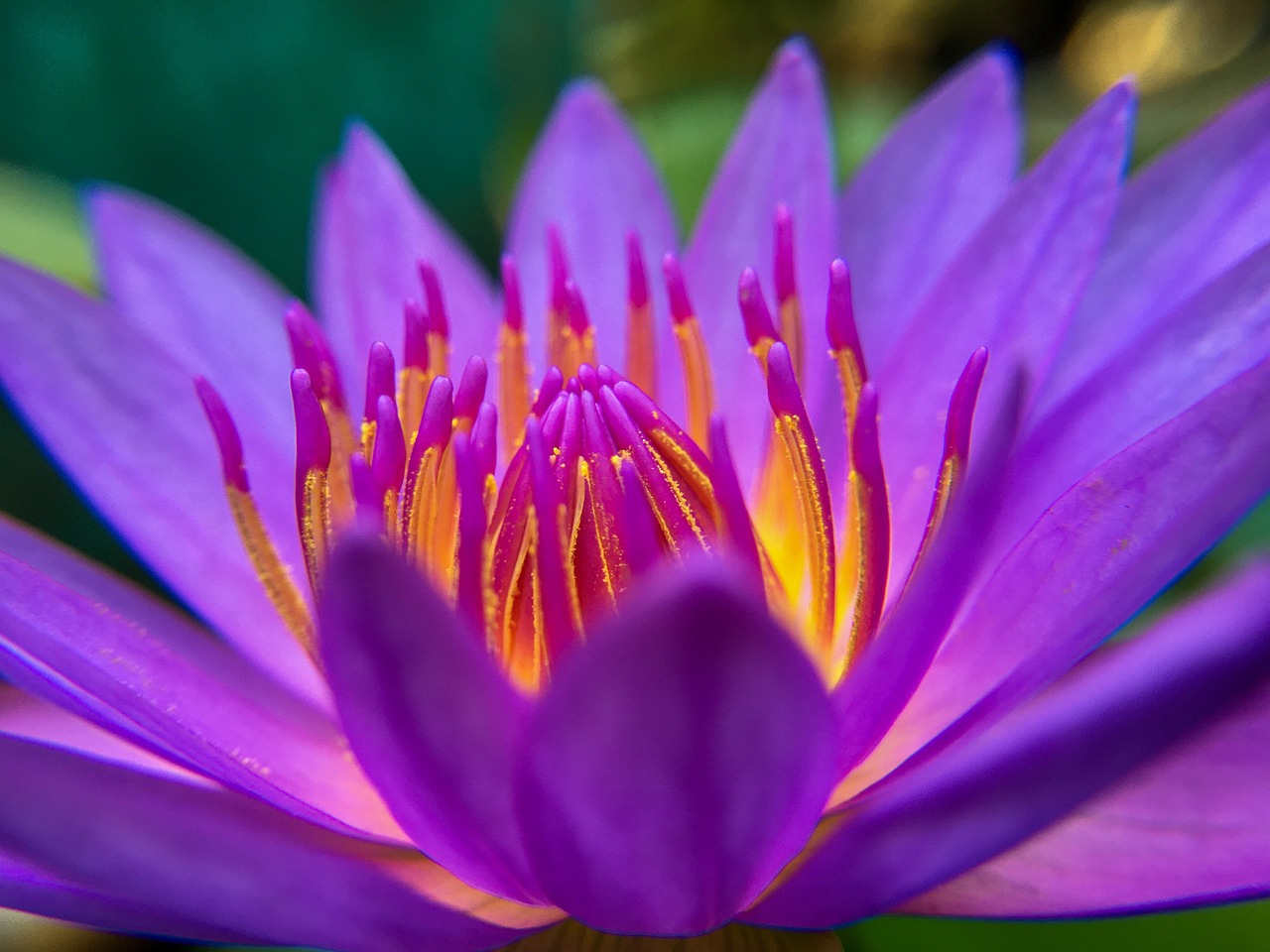Overview
Hathor, a significant figure in Ancient Egyptian mythology, is often depicted with a cow’s head and is one of the most ancient goddesses, with her roots traced back around 5000 years. While primarily revered as the goddess of love, motherhood, music, and joy, she had a multifaceted nature, showcasing both nurturing and vengeful qualities. In her early existence, Hathor was feared for her wrath against those who disrespected her father, Ra. Despite her roles being partially supplanted by Isis later on, Hathor’s worship endured, lasting well into the Greek and Roman eras, long after its inception.
Etymology
The name Hathor translates in essence to “The House of Horus.” This description can be interpreted in various ways; some view it as indicating Hathor’s role as the mother of Horus, where ‘house’ symbolizes ‘womb.’ The association of her name with Horus also evokes interpretations regarding her divine connection, possibly referencing the sky, where Horus, a falcon deity, was believed to reside.
Across her many titles, Hathor was known by epithets such as “The Primeval,” “Lady of All,” and “Mistress of Heaven,” highlighting her various roles and significance in mythology.
Attributes
Hathor is most commonly recognized as a cow-headed deity, though she also appears in several forms, including as a standard cow, a woman with cow-like traits, and adorned with a solar disk. The complexity of her characteristics sometimes overlapped with those of Isis, highlighting the fluid nature of divine representation in Egyptian culture.
Additionally, Hathor’s association with the Eye of Ra and other forms like lioness, serpent, or flora demonstrates her rich link to both the cosmos and earthly elements. Worship of Hathor, known well into Greco-Roman times, saw her identified with love and pleasure, where music and festive rituals played a central role in honoring her spirit.
Family
In the tapestry of Egyptian deities, Hathor held an unusual position, being integral yet not central to mythology. The fluid dynamics of her family relations included being ascribed identities like daughter of Ra and Nut, wife of Horus of Edfu, and mother to various gods. These ties revealed the goddess’s flexibility in narrative across different religious beliefs.
Mythology
Hathor’s origins are shrouded in mystery, with suggestions that she emerged during the pre-Dynastic times. Her cult gained prominence during the 4th Dynasty and remained influential for centuries. The Egyptian creation story often placed her at the center; Hathor was seen as both a vital force behind creation and an embodiment of the creator’s power.
Hathor, The Primeval Hand
In creation myths, Hathor is depicted as a crucial participant, even embracing the role as the hand that stirred the creator god into action, further establishing her integral role in the cosmic narrative.
Beer Quenches Hathor’s Thirst for Blood
One famous myth speaks of Hathor incited to wrath by humans mocking Ra. In her fury, she unleashed destruction until Ra concocted a plan involving beer mixed with mandrake juice to intoxicate her and restore peace. This legend may have contributed to the tradition of drinking in her honor during celebrations.
Hathor’s Dirty Dancing
Another intriguing story involves her charming Ra back to a trial with a humorous dance, demonstrating her influence and importance in both light-hearted and solemn moments among the deities.
Restoring Horus’s Sight
Hathor also plays a role in healing. In a tale where Horus is blinded, it is she who provides him with the milk from a gazelle, restoring his vision and exemplifying her nurturing aspect.
Gehesty and The Origin of Juniper Berries
Further reflecting on her connections, Hathor is linked to the region of Gehesty, where tales of her transforming the blood of Set’s followers into juniper berries arise, reinforcing the mingling of myth and land in her worship.
Catering the Afterlife
In enriching the afterlife experience, Hathor was seen providing sustenance to the deceased, serving them under her sacred tree, ensuring they were well-fed in the afterlife—a role that evolved throughout ancient Egyptian history.
The Festival of the Sacred Marriage
The Festival of the Sacred Marriage during the Ptolemaic period commemorated the divine union of Hathor and Horus. This celebration showcased communal festivities and wedding rituals that entranced the populace and reinforced her enduring legacy.
Popular Culture
Hathor’s resonance in modern culture persists, although her status has waned from the heights of her worship. She finds representation in contemporary media, including adaptations in video games and films. The character Menat from Capcom’s “Street Fighter” series draws inspiration from her, while portrayals in movies like “Gods of Egypt” keep her spirit alive through reinterpretations of her mythos.
In summary, Hathor’s rich tapestry of attributes, roles, and stories echoes through time, affirming her position within the grand narrative of Egyptian mythology.



